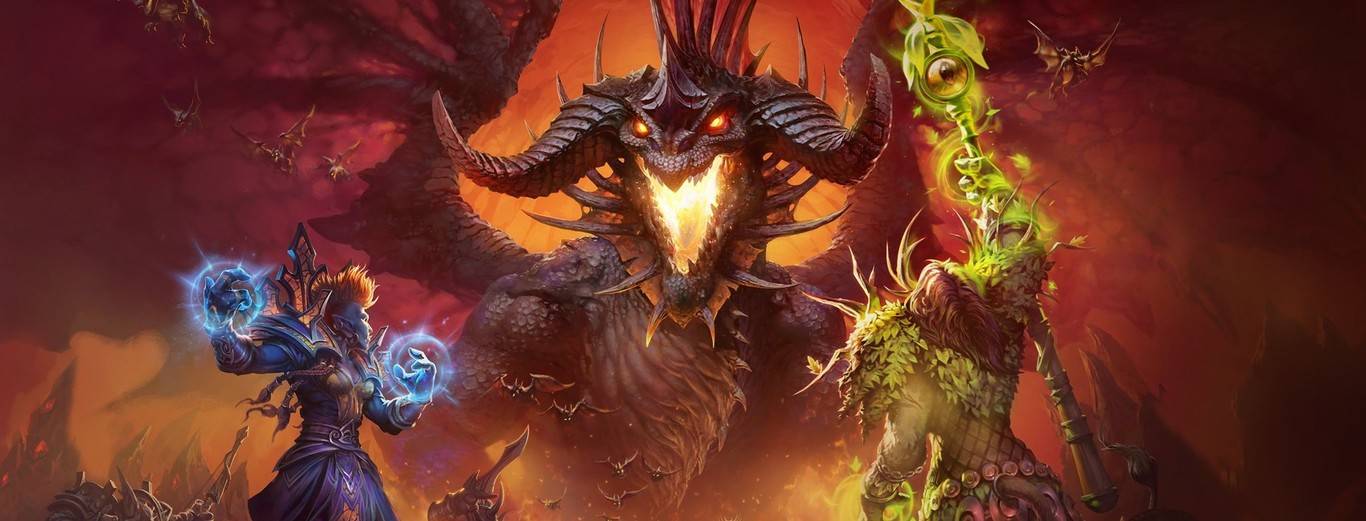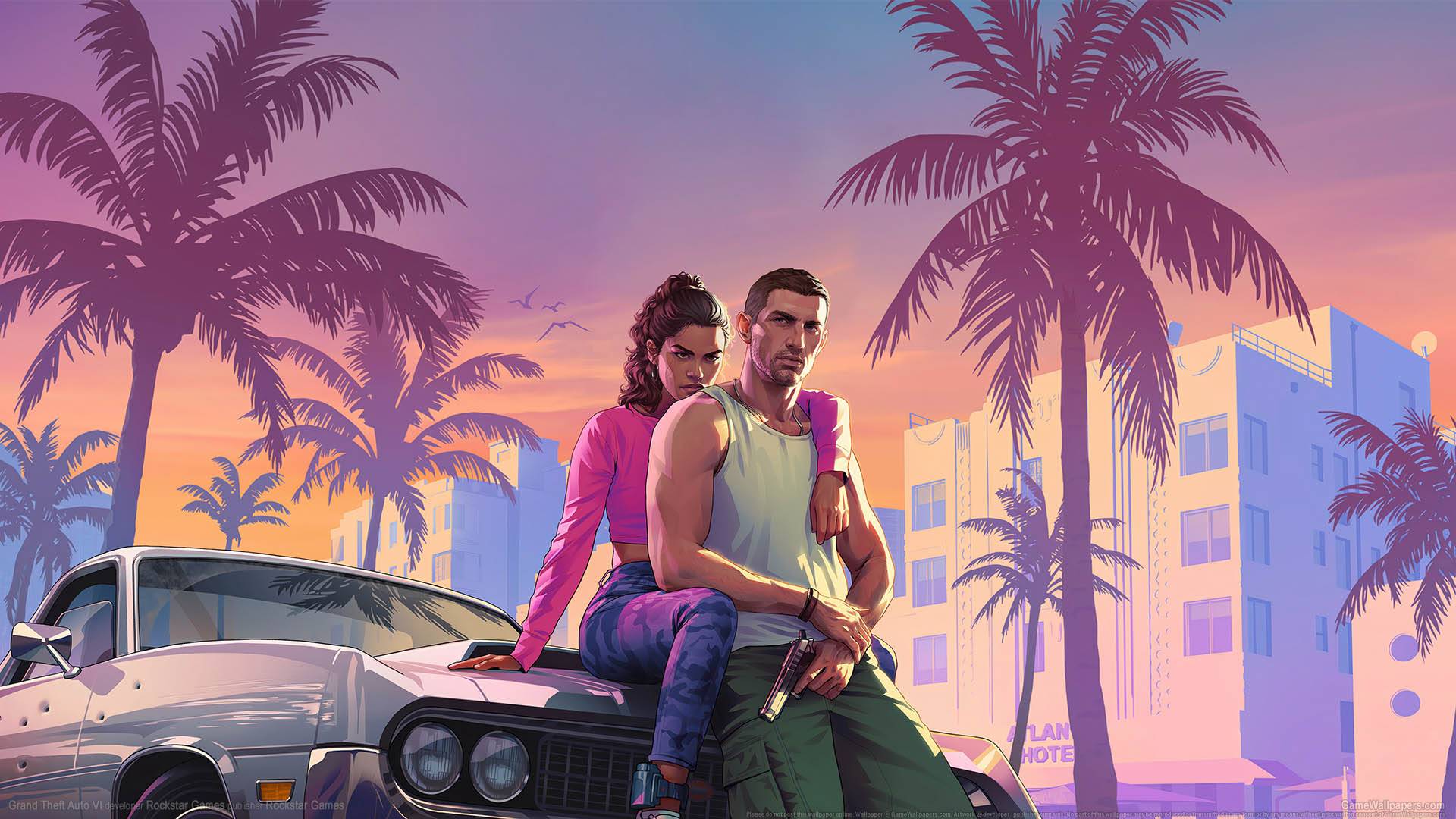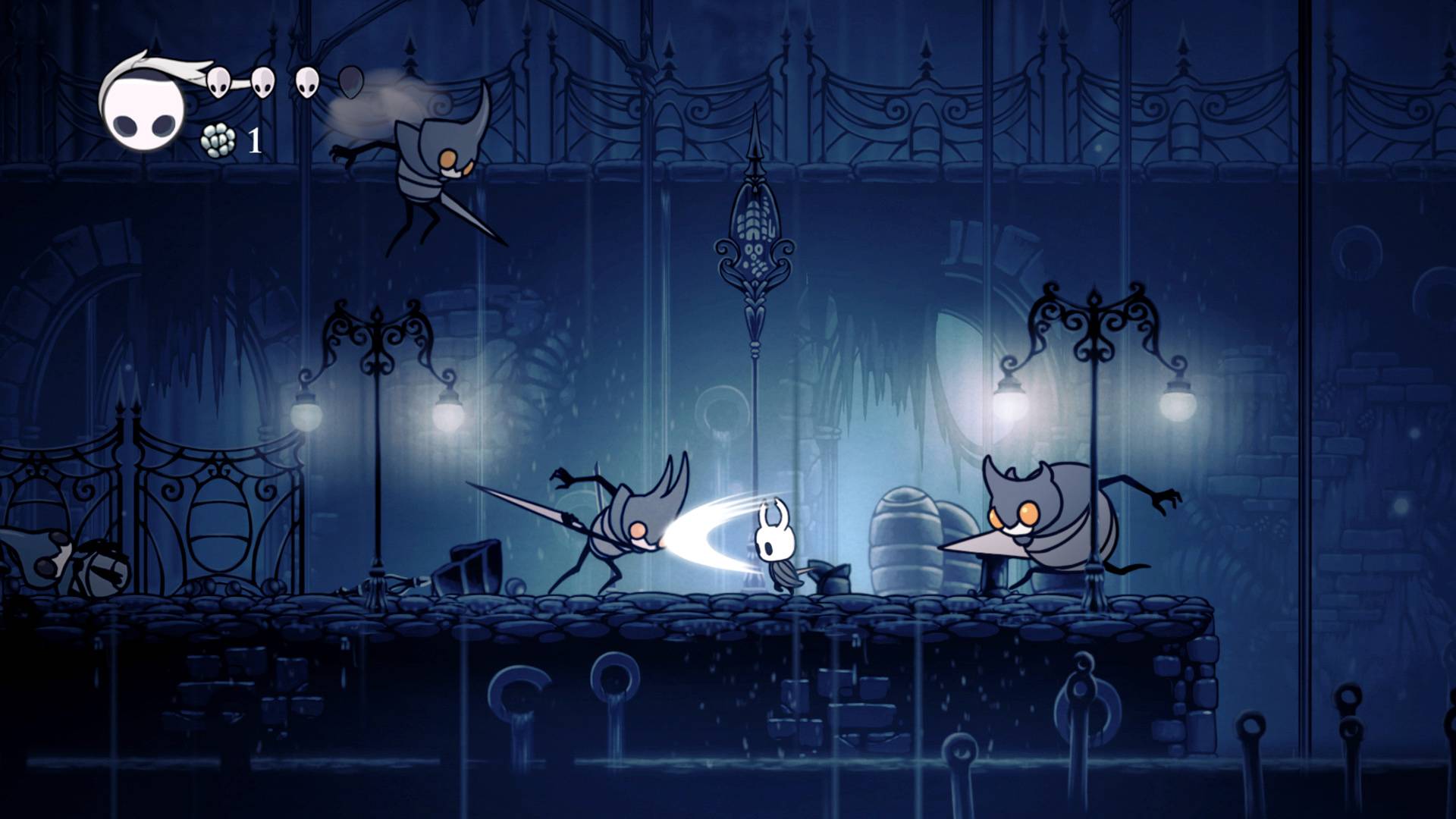What is lore in video games?
The video game industry has evolved considerably over the last few decades, and with it, the depth of the stories that games can tell. A fundamental aspect in the creation of immersive and detailed universes is lore , but what is it and why is it so important in video games? In this article we will explore through various examples how its development impacts on game design.
What is lore in video games?
Lore in video games refers to the set of stories, mythologies, backstories and details of a game's world that help create a coherent and believable universe. This includes the histories of characters, cultures and civilisations, the physical and magical rules of the world, as well as the historical events that have led to the game's current situation. It provides context and meaning to the actions that take place within a video game, enriching the player's experience and giving them a deeper reason to connect with the narrative.
Unlike the main narrative, which is usually the plot that the player follows directly, lore is in the background. Often, it is distributed in optional elements of the game, such as books, recordings, secondary dialogue, hidden texts or even visual details in the environment. However, while lore is not always part of the main story, it is essential to give the game more depth.
Importance of lore in video games
Lore plays a crucial role in world-building and in how players perceive and experience a game. Here are three reasons for its relevance:
1. Narrative depth
Lore helps build rich and complex worlds. While the main plot can guide players through a linear story, lore expands the context, revealing details about the world's past, characters and events that are not directly part of the player's journey, but are vital to understanding the environment in which the action takes place.
For example, in the game The Elder Scrolls V: Skyrim, players explore a vast land filled with books, conversations and objects that tell stories about ancient kingdoms, fallen heroes and local mythologies. While these elements are not necessary to complete the main quest, they deepen the experience and make the game world feel alive and storied.
2. Player immersion
Well-developed lore allows players to fully immerse themselves in the game's universe. By feeling that they are exploring a coherent world with rules and an internal story, players tend to connect emotionally with the characters and the environment.
A good example of this is the game Dark Souls, where the lore is not presented explicitly. Instead of telling a clear story from the start, the game lets the player discover its backstory through exploration, observation and small snippets of information found in objects, descriptions and environments. This not only creates a sense of mystery, but also engages players in the active pursuit of the narrative.
This not only creates a sense of mystery, but also engages players in the active pursuit of the narrative, from the main quests, which are essential to the progress of the plot, to side quests or optional activities that allow the player to further explore the game universe.
3. World cohesion
A good lore ensures that all elements of a game are connected. From level design to characters to gameplay mechanics, lore provides a foundation for all of these components to feel like part of the same coherent universe.
In World of Warcraft, for example, every expansion and update builds on the mythology and history of the world of Azeroth. This not only gives continuity to the game, but maintains cohesion between the different races, factions and events that have occurred over the years. Veteran players know details of the lore that explain why certain characters act in certain ways or why certain territories are at war, enriching their gaming experience.
How does lore impact game design?
Game design depends not only on gameplay and graphics, but also on the way lore influences all creative decisions. From character design to setting design to game mechanics, lore plays a key role in creating a coherent and engaging universe.
1. Character design
The characters in a video game not only exist in the present of the plot, but also have histories, motivations and backgrounds that are integral to the lore. This background influences their design, personality and the way they interact with the world.
In The Witcher 3: Wild Hunt game, each character is deeply connected to the lore of The Witcher universe. Geralt of Rivia, the protagonist, has a very detailed backstory, and his personal history affects his decisions and the way the other characters react to him. Similarly, the villains and allies are well constructed through their connection to the history of the world, creating a memorable and realistic cast of characters.
2. Level and world design
The lore also impacts level design. The places players visit should feel like part of a storied world. Ancient cities, abandoned ruins or war-torn fortifications need to have coherence within the context of the lore. In this way, the environment is not just a setting, but a piece of the narrative puzzle.
A great example of this is the game Bloodborne, where the city of Yharnam is designed with visual details that reflect its past and the dark lore that surrounds the game. As players explore, they discover more about the ancient civilisations and events that led to the current state of the world. The architecture, symbols and objects found throughout the game tell a story that the player must discover for themselves.
👇 Jumping between levels in SuperMario Bros
3. Game mechanics
The lore can justify the game mechanics and internal rules of the world. Character abilities, enemy types and world restrictions can be grounded in the rules established by the lore, which makes gameplay feel more immersive and believable.
For example, in the Destiny game, the different skills and character classes are grounded in the lore of the game's universe, in which Light and Darkness are cosmic forces that affect the power of Guardians. This not only justifies the combat mechanics and special abilities, but also provides a narrative rationale for the characters' abilities and their evolution over the course of the game.
3 examples of video games with prominent lore
The Legend of Zelda: This series is known for its deep lore, which spans across many games. Although each title is independent, they all share a common story about the Triforce, the chosen hero and the eternal battle between good and evil.
Mass Effect: The original Mass Effect trilogy is deeply rooted in its lore, which encompasses ancient civilisations, alien races and an epic sci-fi narrative. The Mass Effect universe feels alive and coherent thanks to the detailed lore that connects its multiple races, planets and conflicts.
Hollow Knight: While the main story of this game is minimalist, the underlying lore revealed through objects, characters and locations is immensely rich. Players discover fragments of the ancient history of the kingdom of Hallownest as they explore, giving the game a sense of mystery and depth.
Lore in video games is much more than just backstory; it is the foundation on which the game universe is built. In UDIT's Degree in Design and Development of Video Games and Virtual Environments you will learn how to build a well-crafted lore that makes the game vibrant, immersive and deeply engaging, enhancing the player's experience and giving them a sense of belonging within that fictional world. Train at the leading university in video games in Madrid!









